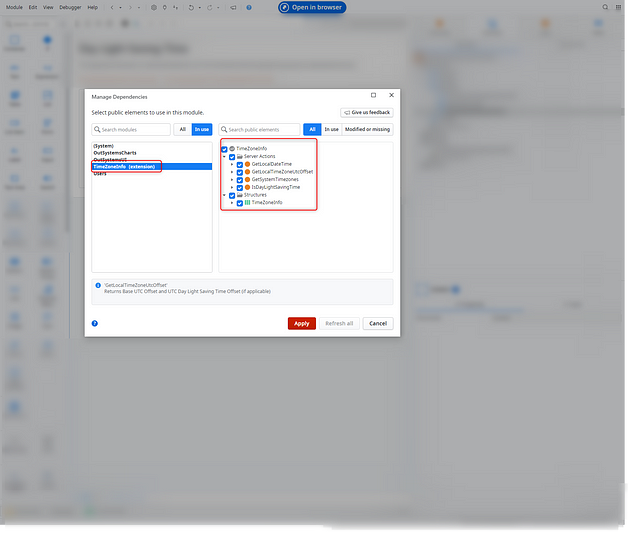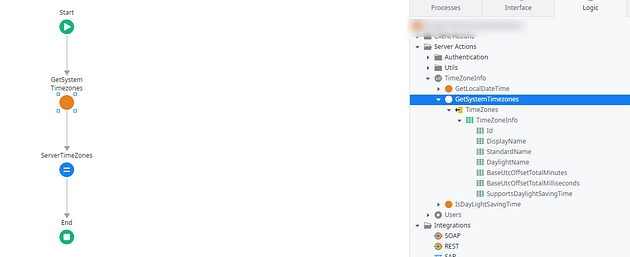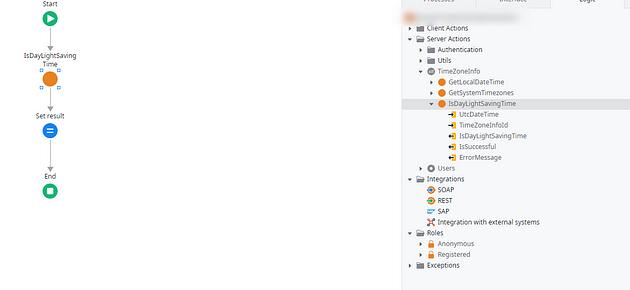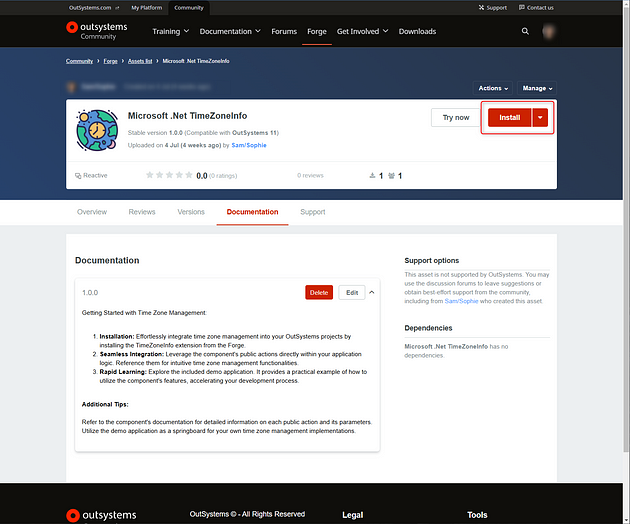Figuring out whether a date or time is affected by Daylight Saving Time (DST) can be tricky, especially without the help of APIs.
Plus, managing the costs and security concerns of using these APIs can be a real hassle. But don’t worry — there’s a simpler way to handle DST that doesn’t break the bank or add extra layers of complexity.
You can do this by using Microsoft .Net TimeZoneInfo Forge Component
Overview
The component provides the following actions:
- List of all available Time Zones in server
- Convert UTC Date/Time into Selected Time Zone
- Check whether a UTC Date/time falls in Day Light Saving Time
Quick Guide
01 Installation
This link Microsoft .Net TimeZoneInfo Forge Component should redirect you to page similar to below:
Click ‘Install’
02 Add as dependency
Once installation is completed, you can add the extension as a dependency to your project

03 Retrieve All Time Zones
Use the action GetSystemTimezones to retrieve all system time zones

It will return list of time zones similar to below

04 Convert UTC Date/Time to Selected Local Date Time
Use the action GetLocalDateTime to convert UTC date/time to local date/time.

The TimeZoneId is the Id attribute from GetSystemTimezones

05 Determine if UTC date/time falls in day light saving time
Use the action IsDayLightSavingTime

You will need to provide the same TimeZoneId from GetSystemTimezones action
In Summary
The Microsoft .NET TimeZoneInfo Forge Component aims to simplify Daylight Saving Time management in OutSystems by offering easy time zone access, UTC conversion, and DST checking, without costly APIs.
Author: Sophia Dizon Senior OutSystems Developer






